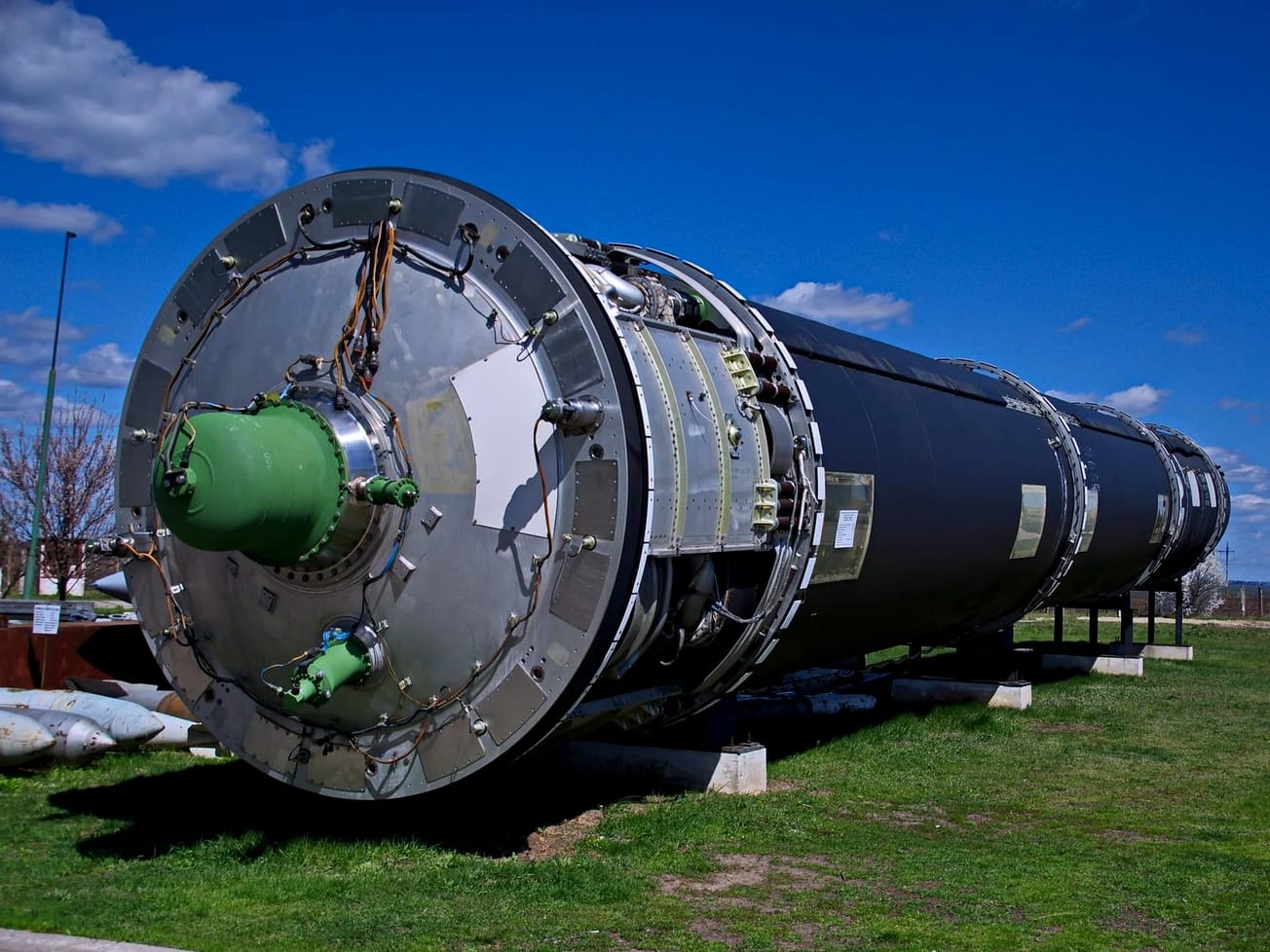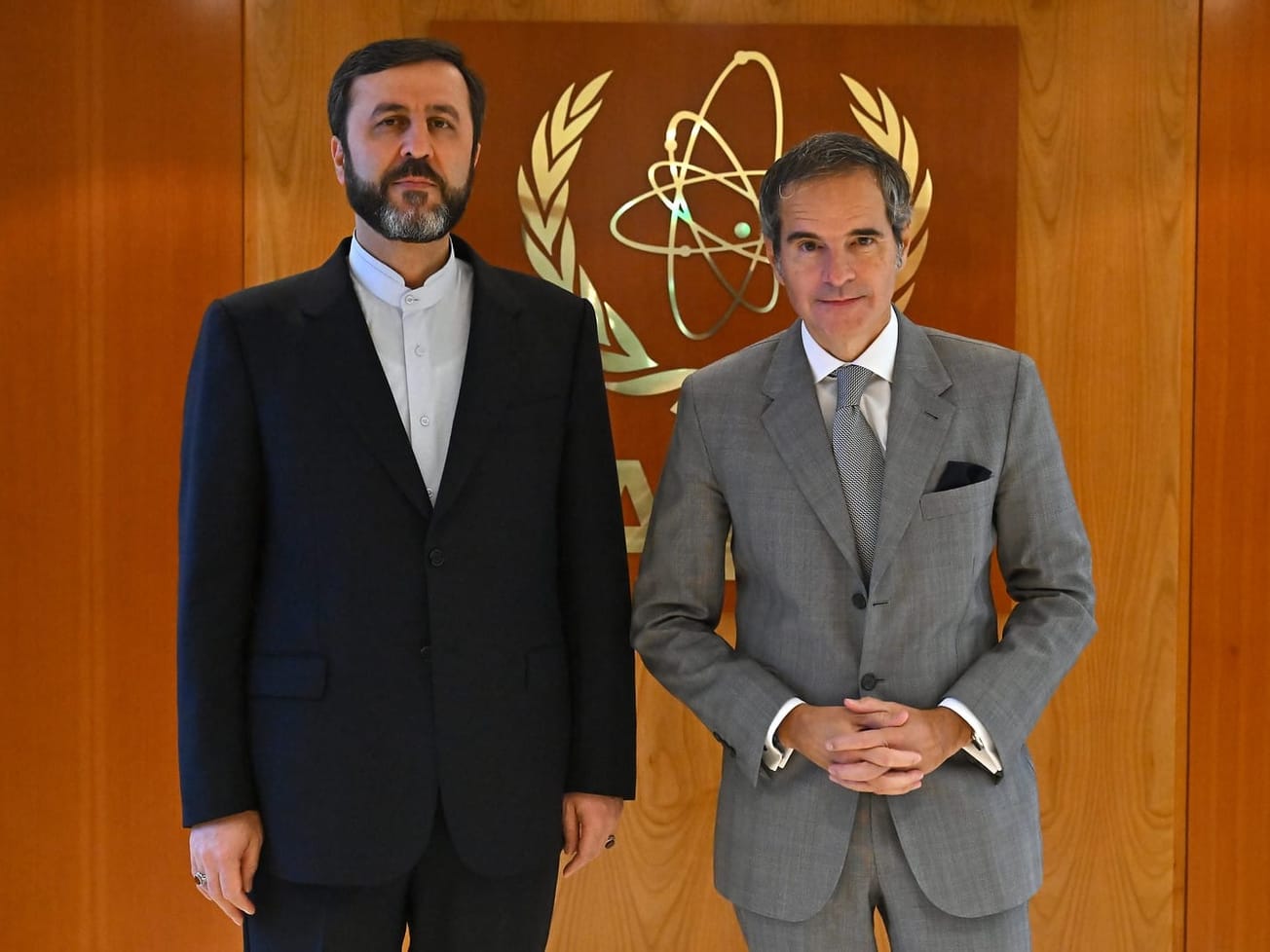With Ukraine and Russia accusing each other of plans to sabotage Europe's biggest nuclear plant, the U.N. atomic watchdog said it found no evidence of planted mines or explosives – but needed better access to be certain.
The warring nations traded barbs over supposed plans to attack the Russian-occupied Zaporizhzhia Nuclear Power Plant, where nearby fighting and shelling has kept the region on edge. However, neither country offered any solid evidence to back up their claims.









